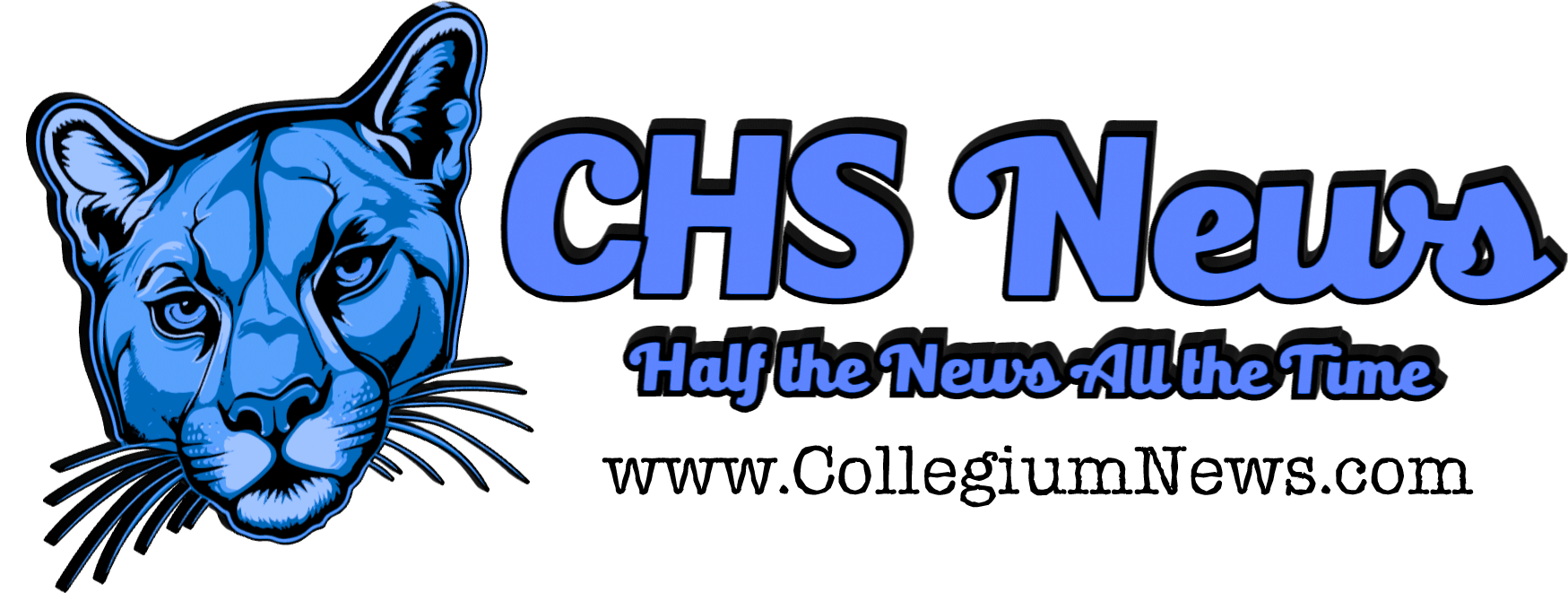Web Design is a project-based course in which students learn how to build websites using the programming languages HTML and CSS, and Bootstrap front-end toolkit. By the end of this course, students will be able to explain how web pages are developed and viewed on the Internet, analyze and fix errors in existing websites, and create their very own multi-page websites. Students will learn the foundations of user interface design, rapid prototyping and user testing, and will work together to create professional, mobile responsive websites.
Category: Survey of Technology
Video Production I
The overall purpose of this course is for students to become acquainted with a professional understanding of the process of video planning, editing, and production with application of this understanding in the form of independent, paired, and group film projects. Students will gain experience with audio and video recording, as well as editing. Additional focus will be given to readings, assignments, and critiques that will help students understand the filming purpose, process, and product. This course will give students a basic understanding of video production from concept through publication using video cameras and industry-standard software such as Adobe Premiere and Audition
Robotics I
Robotics is designed to help students master the fundamentals of robotics and the engineering design process while learning to use industry-leading CAD software and the leading classroom robotics solution. Students will evaluate the design and build a mobile robot to play a sport-like game. During this process, they will learn key STEAM principles and robotics concepts. At the culmination of this class, they will compete head-to-head against their peers in the classroom.
Piloting Drones
Drones present captivating activities that investigate science, technology, engineering, and math concepts while making relevant connections to career paths in STEAM related fields. Piloting Drones will immerse students in the emerging drone industry and the many facets of its growing ecosystem. Drone operation, safety, flight theory map reading, and scratch programming principles will be taught by completing fictional search and rescue (SAR) missions and hands-on lab activities in the classroom. Coursework will include simulated drones flight practice, hands on drone flight practice, homework assignments, projects, and discussions. Students will also begin learning key concepts vocabulary from the FAA Part 107 Remote Pilot exam.
Physical Computing
In Physical Computing, students will design and build functioning electronic circuits using microcontrollers like the Arduino Uno, single-board computers like the Raspberry Pi, and embedded-systems programming. Students will learn and apply knowledge of circuit design to identify electronic components and assemble circuits on a breadboard. Students will utilize a variety of programming environments and languages, for example: Arduino, C++, Node.js, and Python to give functionality to their circuits. This course culminates with a student-designed prototype project.
Music Technology
In Music Technology, students use computers to produce music and design sound, even without prior musical or programming experience. Learners completing all components of study will gain a broad understanding of what is involved in the creation of music and soundboard sample packs for distribution from composition to final release. Students will mix music, produce beats, and synthesize electronic sequences using a digital audio workstation (DAW). Students will learn audio, MIDI, control voltage, and gate signal flow, in addition to song-writing and composition with text-based programming. Students will create a distribution-ready song, soundtrack/soundscape, or sample pack aligned with their interests, with an option to publish.
Introduction to Computer Science
In this CSTA 3A-aligned course, students will learn foundations of computer science and basic programming, emphasizing logical thinking and problem-solving skills. This course is designed for complete beginners with no previous background in computer science or text-based programming. The course is highly visual, dynamic, and interactive, making it engaging for new coders. Students will develop proficiency in procedural programming and logical thinking using common programming languages, including JavaScript and Python. It covers all concepts in the CSTA framework, including Algorithms & Programming, Computing Systems, Data and Analysis, Impacts of Computing, and Networks & the Internet, and provides students a strong foundation to advance to AP® Computer Science Principles and/or AP® Computer Science A (Java).
